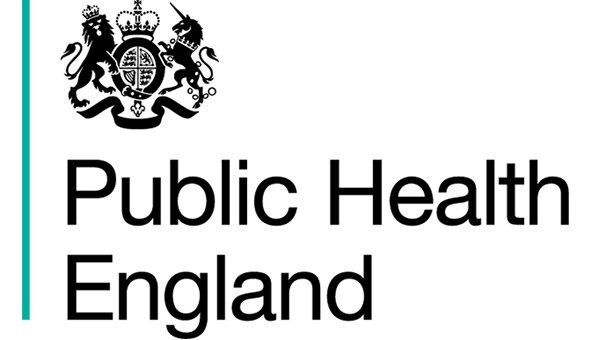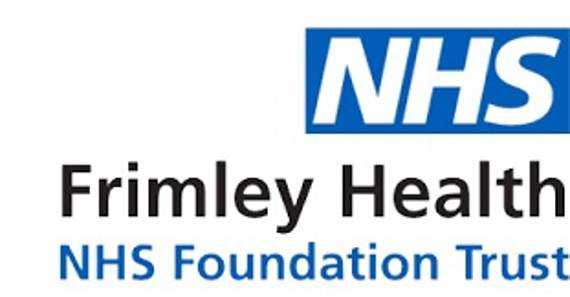Foetal and neonatal death, congenital malformations and neurological problems occur with moderate to severe maternal exposure to CO. Studies also conclude that at lower levels of exposure, adverse outcomes for the baby cannot be excluded. Washout of CO from foetal blood takes longer than in adults, this and the lower partial pressure of oxygen in foetal blood and the relative hypoxia, increases the effects of foetal exposure.
Studies have reported associations with preterm delivery, low birthweight, congenital malformations, sudden infant death and neurodevelopmental problems. These symptoms can be attributed to pregnancy itself eg nausea, vomiting, fatigue and headache.
Midwives are identifying pregnant women with unexplained raised levels when conducting routine CO breath tests. Discussions with midwives has revealed that environmental exposure from faulty appliances has, in some cases, been the cause of the raised levels identified in women.
In other cases, women who have been referred to stop smoking clinics, have, when quit, continued to provide higher than expected CO breath readings and have been similarly identified as having faulty fuel burning appliances.
Data from three NHS Trusts have shown around 7% of non-smoking pregnant women blowing readings above the threshold that triggers healthcare action from the midwife (unpublished). Understanding the range of expired CO levels being recorded in pregnant women at their booking appointment, confirming the source of exposure, and understanding the implications of the readings, is important for developing interventions and action to turn a pregnancy with a potentially adverse outcome into a healthy pregnancy outcome for the baby and its mother.
This study aims to bring together information on expired CO levels in women recruited into the study, with information collected on exposure in their home. Recruitment into the study will trigger a Home Safety Visit with an additional aspect on CO, conducted by the local Fire and Rescue Service, and a two-week period of CO monitoring in the woman’s home.
The study will also provide an understanding of pregnant women’s knowledge, attitudes, beliefs and concerns regarding exposure to carbon monoxide. It will go on to develop potential approaches and interventions to help better protect pregnant women and their unborn child.
There are approximately 650,000 live births in England each year with about 4,700 perinatal deaths (3,200 stillbirths and 1,400 neonatal deaths) in the same year. Of this figure, over 1,500 will be classified as unexplained deathsii. It is unknown if any of these deaths were the result of CO poisoning of the pregnant woman.
The women and families we expect could benefit most from work in this area are from lower socio-economic and disadvantaged groups. They are more likely to be living in lower quality, private rented accommodation, less aware of the dangers of CO poisoning, less likely to consider CO poisoning a priority, less empowered to improve their living conditions and less able to take action if a problem is identified.
To date, no study to assess environmental exposure of pregnant women to CO has been undertaken in the UK. This study will be co-funded with the UK’s Gas Distribution Networks.

In progress
Our research partners

University of Leeds

Manchester Metropolitan University

University of Hertfordshire

University College London

St George's University Hospitals

Sheffield Hallam University

Queen Mary University of London

Public Health England

NPIS

Newcastle University

NEA

London Fire Brigade

Université de Lausanne

Imperial College London

Liverpool John Moore University

Lancaster University

Improving Practice in Performance

IGEM

East of England Ambulance Service

Cranfield University

Brunel University London

Aintree University Hospital

Frimley Health

University of Surrey
